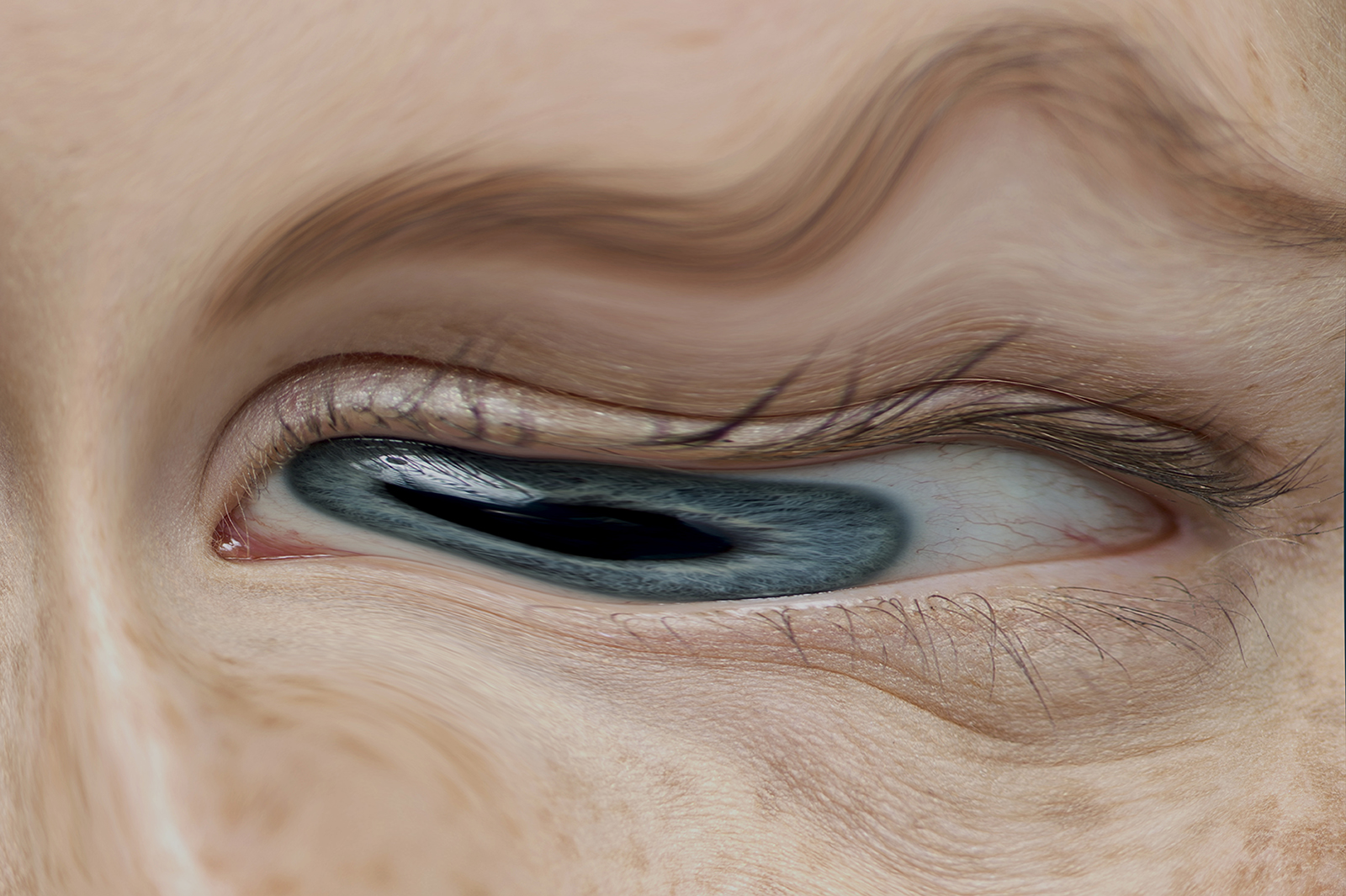What does the world do to us?
The Medical Museion joins forces with Kunsthal Charlottenborg to present this autumn’s major exhibition The World is in You. Blending science, contemporary art, science and historical objects, the exhibition explores how our bodies are connected to the world in and around us.
